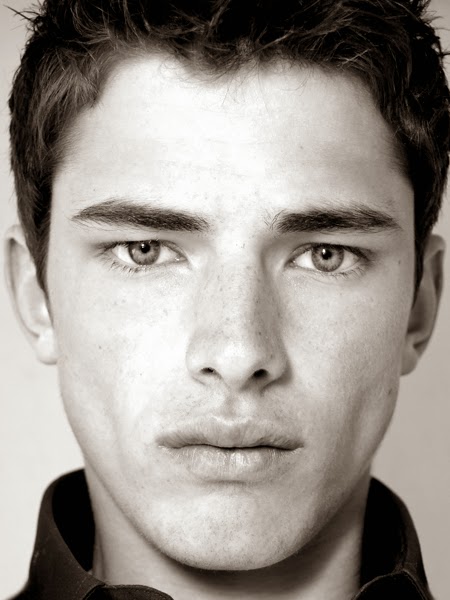By George ILIEV
1. Protégés
In my article on mentoring and the V-formation of flying birds, I had a passing definition of the protégé: someone who follows blindly and sycophantly their boss in order to advances in their wake. The minus side of being a protégé is that one gains protection and advancement at the expense of losing their independence.
2. Tidal locking & tidal "licking"
In planetary terms there is a related phenomenon known as tidal locking: when a planet gets too close to the star it is orbiting, it loses its own rotation and gets locked in with the star. An example to this is the Moon, which is locked in with the Earth so that only one side of the Moon always faces the Earth. The Moon plays the role of the Earth's protégé by losing its independent rotation: as a protégé it now rotates always facing its master. In the corporate world or the world of politics, tidal locking can be summarised as "tidal licking". You get the meaning.
3. Startup Co-founders
There is an "honourable" version of tidal locking when the two participants are relatively equal. When two planetary bodies of a similar size are close enough to each other, they can be tidally locked so that both rotate facing each other always with the same side. An example to this are Pluto and its satellite Charon: Charon is locked in with Pluto just as Pluto is locked in with Charon. An analogy in the business world are startup co-founders who get locked in with each other, without losing their identity and independence.
Photo: Full moon (Source: Wikipedia)








































